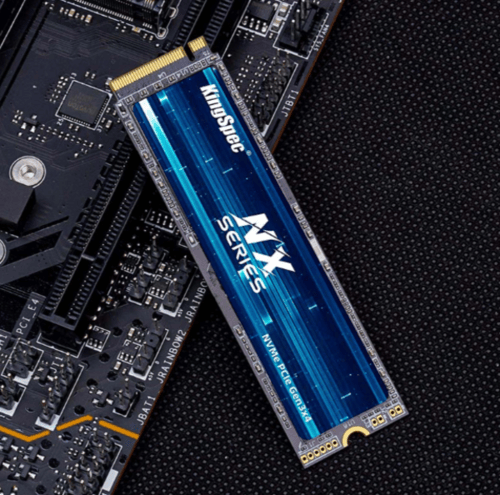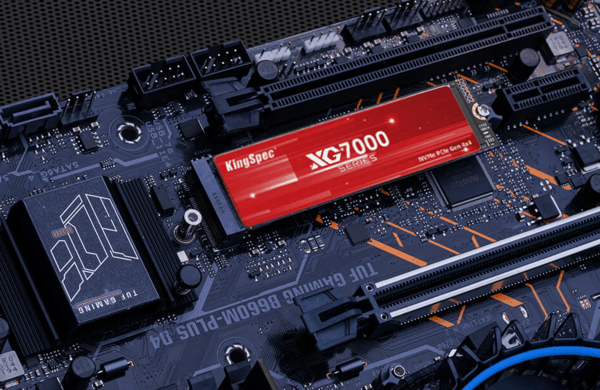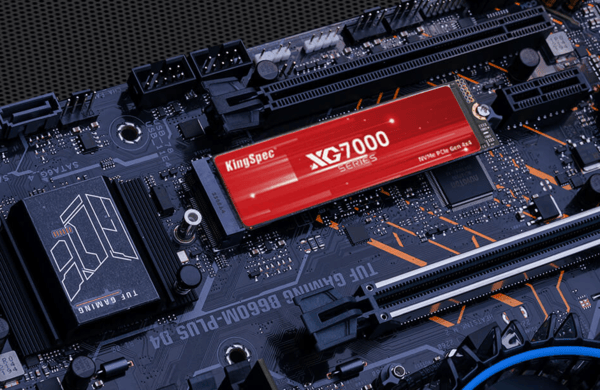In today's computer landscape, the primary mainstream interface is PCIe. But what exactly is PCIe, and what new features does the latest PCIe 5.0 bring? In this article, we'll delve into the world of PCIe and explore its evolution and advancements.
The Origins and Evolution of PCIe
PCIe, short for Peripheral Component Interconnect Express, is a standard that enables peripheral devices to connect to the motherboard and communicate with CPU. The first PCIe standard was released in 2003.
Initially developed to replace older standards such as PCI, PCI-X, and AGP, PCIe needed to offer superior performance, versatility, and compactness while striving for backward compatibility. This means that even devices designed for PCIe 2.0 in 2008 can still be used in PCIe 5.0 slots.
Understanding the Physical Layer of PCIe
As a bus standard, PCIe has corresponding physical layers, which are commonly known as PCIe slots. These slots include PCIe x1 for network and sound cards, PCIe x16 for graphics cards, and other emerging slots like M.2 and U.2, commonly used for SSD storage.
The availability of various slot types allows different devices to seamlessly connect to the physical layer of PCIe, contributing to the ongoing development and vitality of the PCIe standard. But what changes and innovations have occurred from PCIe 3.0 to PCIe 5.0?
The Innovations from PCIe 3.0 to PCIe 5.0
PCIe 3.0

Introduced in 2010, PCIe 3.0 brought several advancements compared to its predecessors. It adopted a more efficient 128b/130b encoding scheme, added known binary polynomial scrambling to balance clock recovery between 0s and 1s, and eliminated the need for DC bias. These enhancements reduced bandwidth overhead from 20% in PCIe 2.0 to approximately 1.54%.
Additionally, the transmission speed saw a significant increase. A PCIe 3.0 x16 interface could achieve a maximum transfer rate of 15.7 GB/s. In typical SSD configurations, operating on PCIe x4, the maximum transfer speed for PCIe 3.0 solid state drives reaches around 3.6 GB/s.
PCIe 4.0

PCIe 4.0 increases the data transfer rate to 16 GT/s, which is twice that of PCIe 3.0. Additionally, PCIe 4.0 also increases the bandwidth, each lane provides a bandwidth of 16 GB/s, allowing the system to handle a larger volume of data more efficiently.
PCIe 5.0
PCIe 5.0's most significant improvement lies in the speed, with the transfer rate doubling from 16 GT/s in PCIe 4.0 to 32 GT/s. This speed boost is the standout feature of PCIe 5.0.
Apart from the date transfer rate increase, PCIe 5.0 also introduces optimized signal integrity, backward-compatible CEM connectors for add-in cards, stricter jitter requirements, channel loss budget constraints, as well as channel voltage and timing margin requirements. The use of PCIe 5.0 in solid state drives currently achieves maximum transfer speeds of around 12 GB/s.
In addition to the speed improvements, PCIe 5.0 brings significant changes to the physical layer, including stricter jitter requirements, channel loss budget constraints, and voltage and timing margin requirements. These changes require additional modifications to the physical layer while ensuring backward compatibility with previous PCIe versions.
The widespread commercial adoption of PCIe 5.0 in the future can be considered an inevitable outcome. So, what impact will PCIe 5.0 have on the storage industry?
The Impact of PCIe 5.0 on the Storage Industry
It's well-known that both consumer NVMe high-performance SSDs and enterprise-grade U.2 PCIe SSDs utilize the PCIe channel. The increase in channel speed provided by PCIe 5.0 empowers storage manufacturers to produce even more powerful SSDs. However, while having sufficient channel speed is important, it presents challenges for NAND chips to keep up with the high demands of PCIe 5.0. If NAND chip interface speeds cannot match or fully utilize the PCIe 5.0 channel, it may not fully leverage its potential. Furthermore, the increased read/write speeds pose new challenges in terms of heat dissipation, potentially leading to the need for active cooling solutions in SSDs.
Currently, sectors such as social networking services, e-commerce, and online gaming have immense data requirements. The rapid growth of the internet heavily relies on data centers. PCIe 5.0's advancements can alleviate the burden on data centers by providing faster storage channels, facilitating the overall development of the internet.
Additionally, the advent of PCIe 5.0's high-speed transfer channels can boost various applications sensitive to transmission speeds in end-user devices. Examples include VR devices, AR devices, and other mobile smart devices with demanding data transfer needs.
KingSpec: Leading the Way in PCIe 5.0 Storage Innovations
PCIe 5.0 has brought a groundbreaking revolution to storage technology, offering faster speeds and improved performance. This advancement has unlocked remarkable opportunities for superior data transfer, increased data center efficiency, and enhanced user experiences.
Shenzhen KingSpec Electronics Technology Co., Ltd., was established in 2007, has developed in the storage industry more than 15 years. With its expertise in hardware design, development, manufacturing, and wholesale capabilities, KingSpec is fully prepared to leverage the power of PCIe 5.0 and lead innovation in seamless computing. By harnessing these remarkable advancements, KingSpec is dedicated to delivering state-of-the-art storage solutions that cater to the evolving needs of the industry and contribute to a connected future.
At last, we have an exciting announcement to make-KingSpec PCIe5.0 is coming soon, please stay tuned to our website for the latest information!























